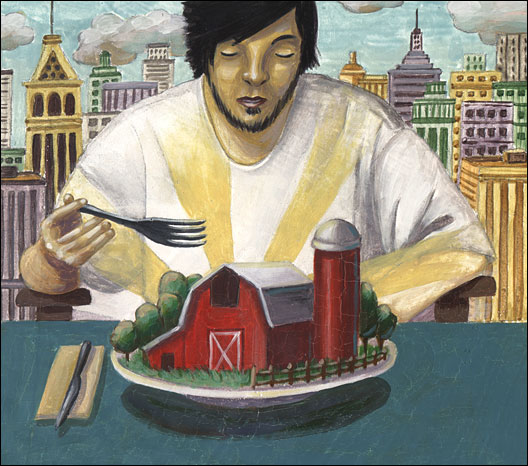In our nation's breadbasket, adaptation to climate change is very much already in progress — the attitudes of those who represent farmers in our nation's capital notwithstanding. Higher minimum temperatures are reducing yields for corn, which likes hot days but cool nights. So whatever their political leanings, farmers have to adapt or face disaster.
And the stakes are even higher than that. The U.S. accounts for half of all corn exports, 40 percent of soybeans, and a third of wheat. Entire nations that are hugely dependent on imported food — e.g. Egypt — depend on us for their survival.
The biggest issue is increased variability in weather patterns. Wider and more erratic swings, from flood to drought, blistering summers to unusual amounts of snow, lead to similar variability in output of food crops. That's a problem in a world that doesn't have much of a buffer against shortages.
"We don't have a long-term reserve. We have a global food supply of about 2 or 3 weeks," said Eugene Takle, Professor of Agricultural Meteorology and Director of the Climate Science Program at Iowa State University.
Scientists are reaching deep into their toolbag to try to address the problem, including the quest for genes present in tropical varieties of corn that might make their northern relatives more robust in the face of warming temperatures. And farmers, even skeptics, are adjusting to the new normal.
"Farmers say they don't believe in climate change, but you look at how they spend money and are adapting,” says Takle.




